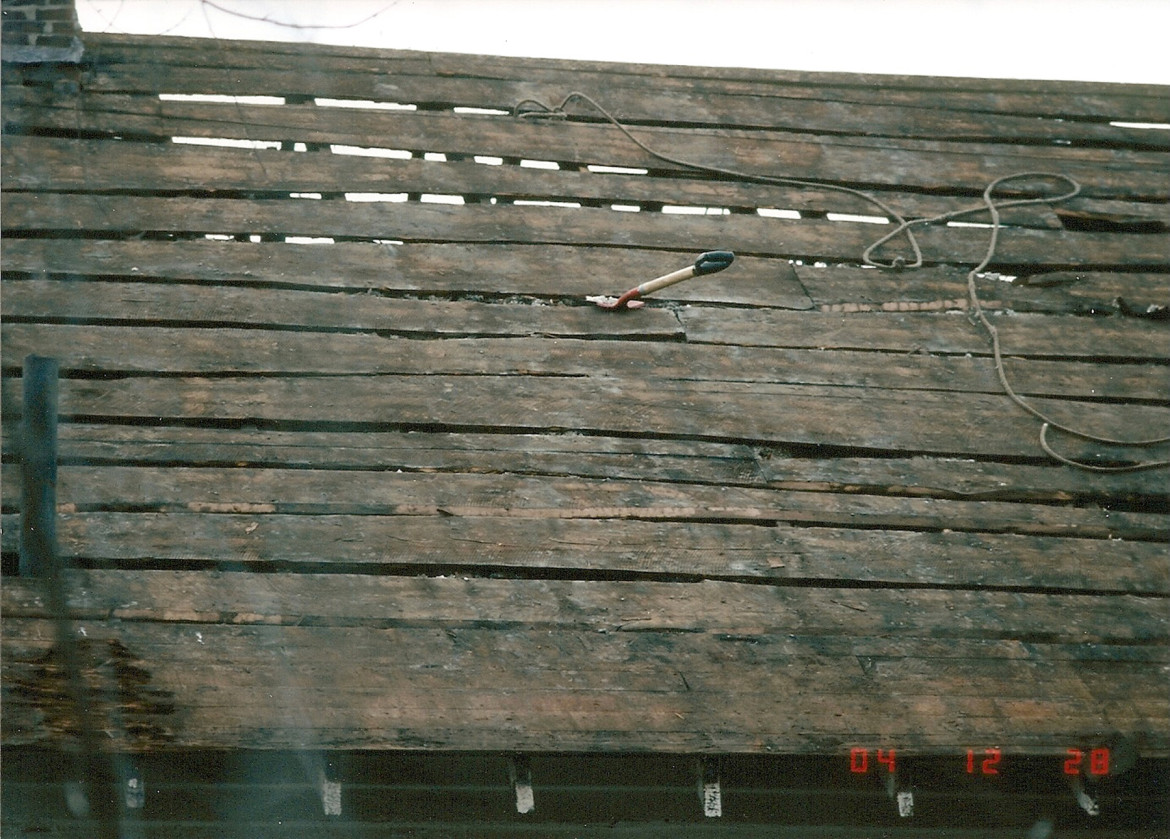
In 1854 Charles and Mary Rannells welcomed their new son, Edward into the family. Charles was serving his first term in the Missouri Senate and things were looking pretty good for the Rannells, a pioneer family of what would become Maplewood. Their new farm home, Woodside was barely five or six years old.
The good times wouldn’t last long unfortunately. From the family letters, it’s apparent that Charles was incapacitated by injury and illness by the mid-1860’s. It’s likely that his son Edward had a hand in running the farm from a very early age. We have enough material on the Rannells family to make a book. We got it through the terrific effort that went into getting Woodside listed on the National Register of Historic Places.
I start to panic when I think of Woodside being razed. I feel like I should rush over and save the cherry newel post and the original mantel. And then I think about the crown molding in the big west room on the first floor and the organic roof deck boards that were most likely sawn nearby. And how about the log first floor joists? We never did date them using a process once described to me which involves taking a core sample of the growth rings in order to learn what year the tree was felled.
Then there is the two-tone green door that appears to be original and may have been colored by arsenic that was mined in the Rannells quarry. And there are 11 boxes of artifacts, cleaned and separated by UMSL students, from a privy once located beneath the condo next door. What is the meaning of those strange things? Smashed oil lamps, bottles of all kinds, false teeth, toys, a bullet?
If we lose Woodside there’ll be no chance to discover relics from the slave families that usually are found around the cooking hearth in the basement. No chance to examine the castoffs from the three cisterns and what may be another, earlier untouched privy site whose location is known but uninvestigated.
We’ll just scoop it all up and dump it in a landfill. Scoop up the foundation stones, flattened and squared, most likely by the hands of enslaved African/Americans who did the job so well that the foundation is still solid 167 years later. And don’t forget to toss in the thousands of handmade bricks in each of the two large chimneys. They may have been made by slaves as well for the Rannells mined clay and stone on their farm. Throw in those log floor joists, all hand hewn and still having the bark on the sides. Throw them all in there and the artifacts on top of them because without the house they’re worth almost nothing.
Maplewood history. Our earliest history. Plow it under. What are we worth without it? Who cares?
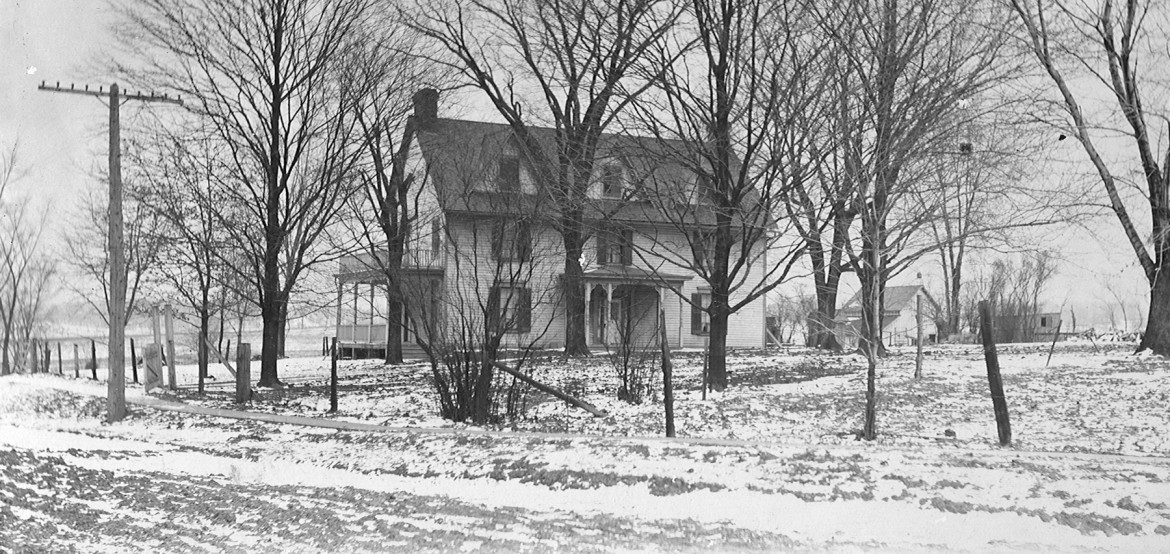
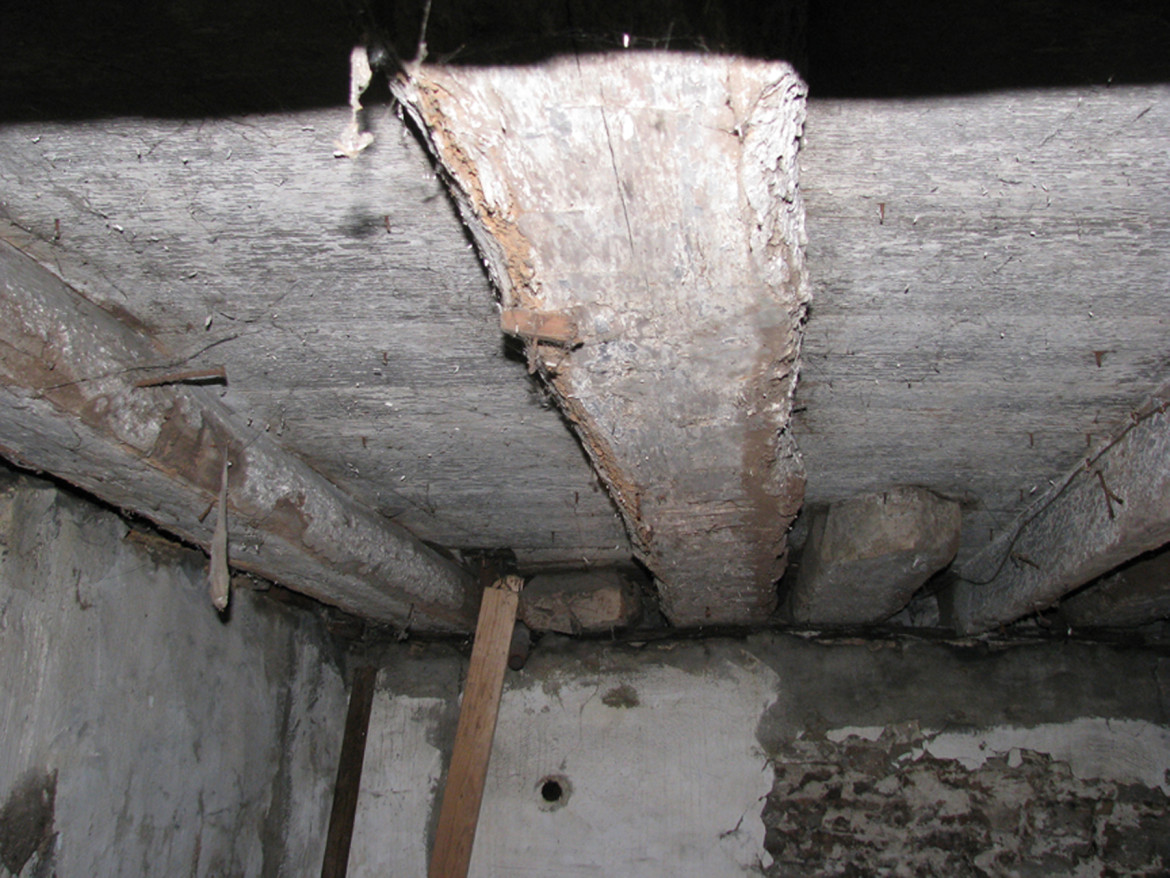
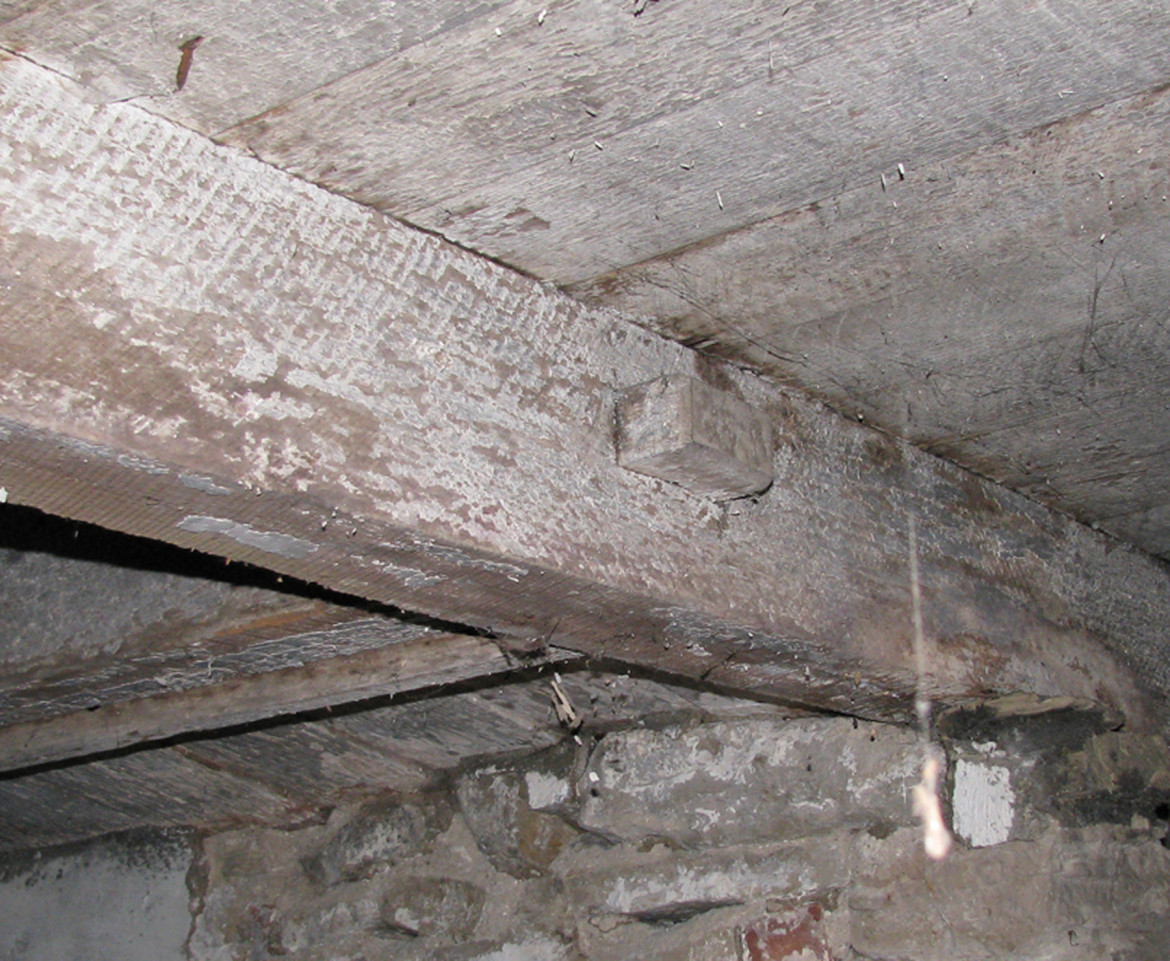
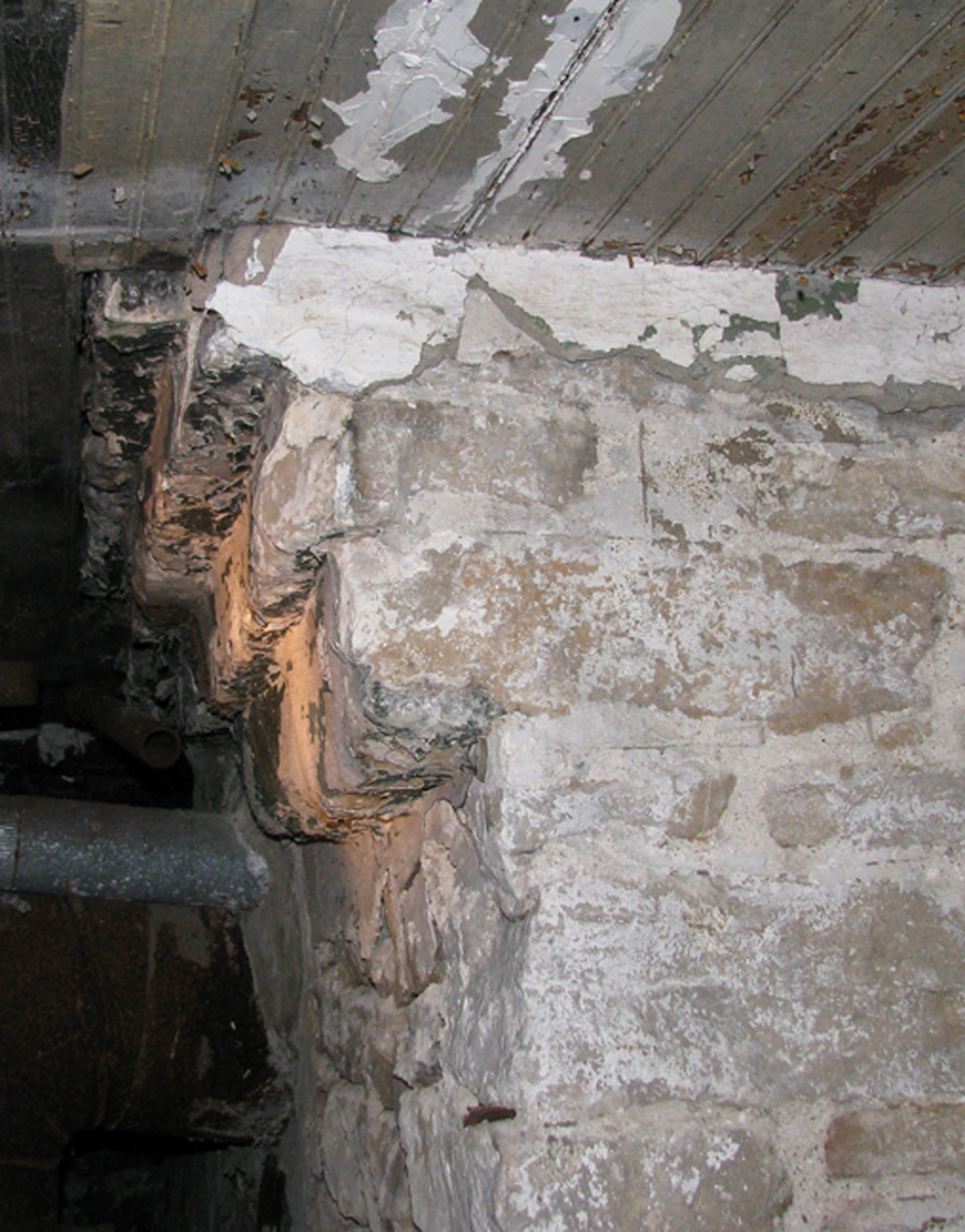
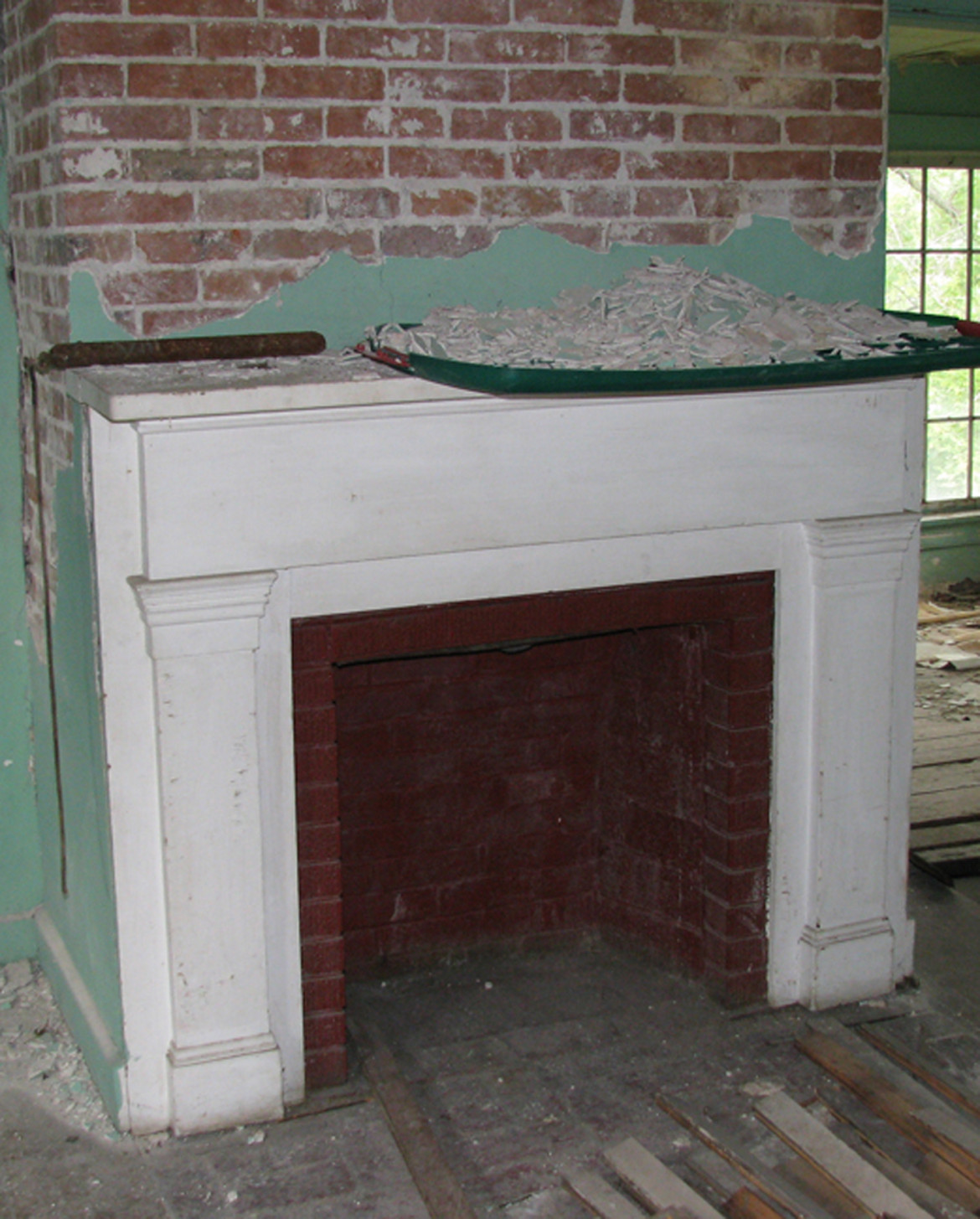



Jane, as always, I appreciate your comments. As you are no doubt aware, Woodside survives because it was not built on one of our main drags. The Rock Hill church wasn’t so lucky. It is a shame to trade a slave built church for a gas station. Rock Hill’s Fairfax house has been moved again. It is worth it and if you haven’t seen it you should. But an historic home loses at least half its value as an historic site if its moved. Woodside still sits on its original archaeologically rich site.
I’m interested in helping. I think this would be a great building for the Maplewood Historical Society, or a college/university branch, and/or weddings, etc. There are many uses. I rehabbed my approx. 100 year old house here in Maplewood and love it. It would be a sad day if this beautiful structure is torn down.
I certainly agree with you, Patty. Thanks for your comment.
What a great idea. A wedding/conference/event venue would be a wonderful way to restore and financially sustain this property! With appropriate restoration of the grounds to possibly include a gazebo or formal garden, it could become a destination. If the Bissell Mansion can pull off a dinner theater, surely Woodside could be re-purposed similarly in order tp pay for itself.
I’d vote for that plan.
Im not one to vote for plowing it under .Im one that would like to see it remodeled .My husband rehab our 5 bedroom house and took it down to the studs so I know this can be done if we had some people interested in helping .I wish my husband could help but unfortunately he is sick . When there is a WILL there is a WAY!!! .We need people!!!!!!What about the Chamber? The organizations in Maplewood? Churches in Maplewood? Businesses in Maplewood ? If they were to step up to the plate and do a few big fundraisers? If I remember right there was a city close by that accomplished this same situation . This is evident that we can also do this ? Or why hasn’t people gotten together and formed a committee to get this rolling especially in the winter to plan on starting in the nicer weather ? I would think everyone knows a business owner that could donate materials & labor and write them off as a tax deduction? Why cant the residents donate some materials per house hold that want to save this house ? When finished I think we could use it as a historical house to display all of our history such as pictures ,etc. It doesn’t have to be sold it can still belong to OUR city. Prolonging this matter can only make it more dangerous and cost more money .
Heidi, thanks for your enthusiasm. I’ll keep you informed if anything such as you suggest starts to happen.
I will never understand why, when there is an opportunity – obligation, to be more precise – to preserve part of a community’s cultural heritage, decision makers frequently will blame lack of outside funding as the reason to bulldoze history. If the city of Maplewood cannot find in its budgeting strategy any way to creatively save, utilize and preserve this voice from the past, then why not put it to the voters? Or, ask the city to apply for a grant. Why should it be up to a handful of citizens to try desperately to accomplish what should be done without hesitation by the people who can make it happen?
I like that thought. An obligation to preserve one’s cultural heritage. We need more of that. Well put, Ralf.
Doug, I can only imagine how difficult it is for you to imagine Woodside being torn down, after all the countless number of hours and even the money you have put into trying to save it. If it is torn down, I am almost glad that I have never gone inside of it. The pictures you post on here are vivid enough for me to fully realize the great loss it will be. Seeing the interior in person would just be too much for me. I am still horribly sad about the loss of the Rock Hill Church, which was also built by slaves. I still can’t drive by U-Gas without feeling pains of sadness and regret and (frankly) anger at Rock Hill for allowing that occur. Unfortunately, our disposable culture also sometimes translates in a failure to truly appreciate and preserve our history. This isn’t just another 1920s bungalow in Maplewood that is in danger of being torn down, although I value those as well and live in one myself. As you write, this is our earliest history.
Comments are closed.